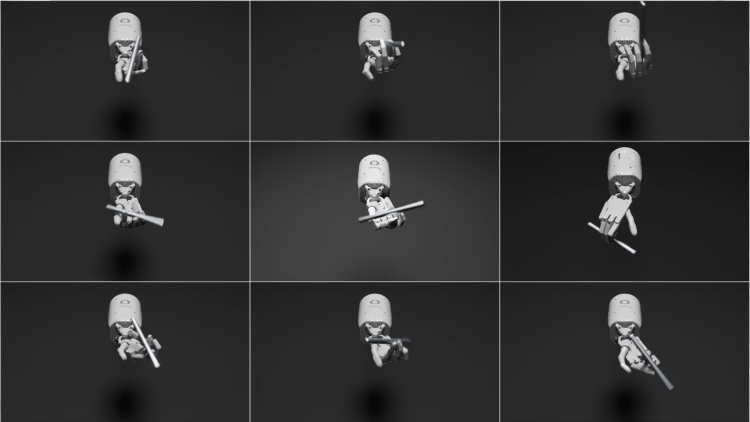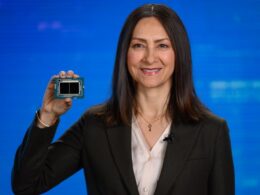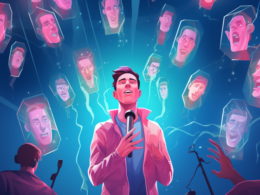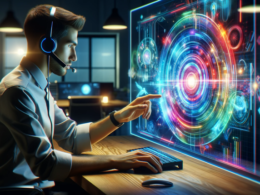Nvidia Research has recently introduced its latest AI agent, Eureka, powered by OpenAI’s GPT-4. Eureka is capable of autonomously teaching robots complex skills, marking a significant development in the field of artificial intelligence.
Eureka, with its ability to write reward algorithms independently, has successfully trained a robotic hand to perform rapid pen-spinning tricks with the same proficiency as a human. Additionally, Eureka has taught robots various tasks such as opening drawers and cabinets, tossing and catching balls, and manipulating scissors, among nearly 30 other tasks.
“Reinforcement learning has enabled impressive wins over the last decade, yet many challenges still exist, such as reward design, which remains a trial-and-error process,” said Anima Anandkumar, senior director of AI research at Nvidia and co-author of the Eureka paper.
The development of Eureka signifies a significant step toward creating new algorithms that integrate generative and reinforcement learning methods to solve more complex tasks.
Nvidia Research has also published the Eureka library of AI algorithms, allowing researchers and developers to experiment with them using Nvidia Isaac Gym, a physics simulation reference application for reinforcement learning research. This application is built on Nvidia Omniverse, a development platform for building 3D tools and applications using the OpenUSD framework.
Rise of AI Agents
AI agents have been generating substantial interest in recent months. Earlier this year, Auto-GPT, BabyAGI, and AgentGPT gained attention for their autonomous capabilities. Nvidia’s latest research builds upon their previous advancements, including Voyager, an AI agent able to autonomously play Minecraft.
The Potential Impact and Commercial Opportunity
The vast potential of AI agents has garnered attention from experts worldwide. Jeff Clune, a computer science professor at the University of British Columbia and former OpenAI researcher, recently stated, “This is a huge commercial opportunity, potentially trillions of dollars. It has a huge upside – and huge consequences – for society.”
In their research paper titled “Eureka: Human-level reward design via coding large language models,” the authors explain how Eureka utilizes the capabilities of GPT-4 and state-of-the-art large language models (LLMs) to generate reward code and achieve complex skills through reinforcement learning. The authors highlight Eureka’s ability to outperform human experts in a diverse set of 29 open-source RL environments, covering 10 different robot morphologies. Eureka achieved an average normalized improvement of 52% and surpassed human-engineered rewards in 83% of the tasks.
“Eureka is a unique combination of large language models and Nvidia’s GPU-accelerated simulation technologies. We believe that Eureka will enable dexterous robot control and provide a new way to produce physically realistic animations for artists,” stated Jim Fan, one of the project’s contributors and a senior research scientist at NVIDIA.










